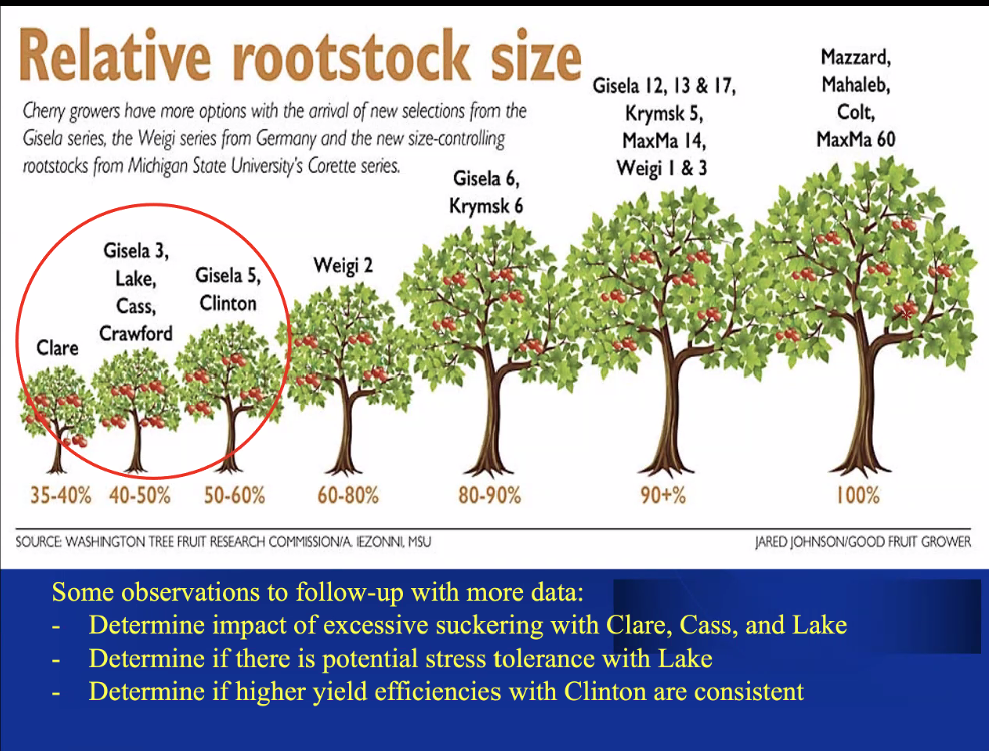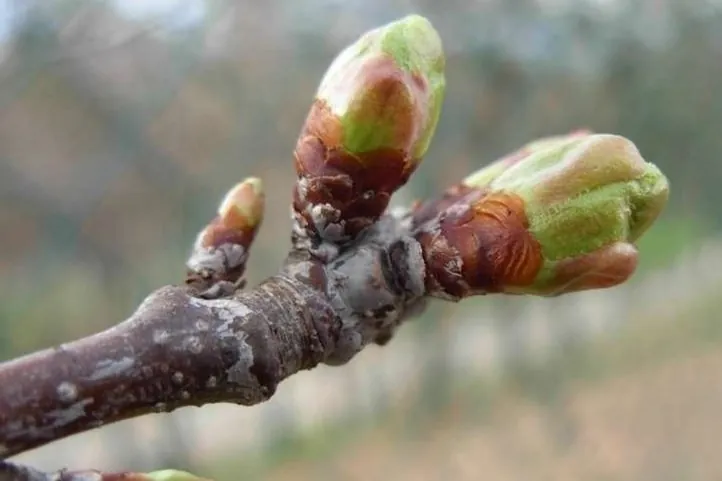On Thursday, July 10, 2025, the CTIFL accompanied producers by making available to them the results of tests and technical solutions to optimize cherry cultivation, in particular on variety selection, water management, and orchard management.
This event aimed to review several ongoing tests related to plant material and crop management—key topics for establishing an orchard. It was an opportunity to present the results of various works carried out in 2025, particularly data evaluating the agronomic behavior of red and bicolor cherry varieties under observation, and of a new rootstock collection.
Other projects were also presented, such as CRACK SENSE, dedicated to the issue of fruit cracking; IDROGESTIONE, concerning the preservation of water resources in cherry orchards; and CERIS'INNOV, a study on the microclimate under insect-proof nets.
This half-day concluded with a field visit during which we presented a covered orchard in a single 7-year-old plot and the associated technical data.
Season update
2025 Season update: Carpentras sector focus (La Tapy) – Aliénor ROYER-LANOTE, CTIFL.
The 2025 cherry season was delayed by 7 days compared to 2024, with more typical weather conditions. Exceptional pressure from Drosophila suzukii was observed from June 14, accompanied by a marked return of Rhagoletis cerasi.
Foliage diseases were more frequent. Despite good fruit set, physiological drop was significant. Early varieties experienced some cracking, but overall, rates of double fruits, cracking, and Monilia were lower than in previous years.
EUFRIN cherry
EUFRIN cherry: European evaluation of 12 rootstocks – Amandine BOUBENNEC, CTIFL.
The EUFRIN network evaluates 12 cherry rootstocks across 16 European sites. Three series are being tested: PiKU®, GiSelA® (from 3 to 17), and Corette® (Cass à Lake), in association with the varieties Sweet Aryana® and Sweet Saretta®.
The objectives concern vigor, productivity, compatibility, soil-climate adaptability, and ease of training. Two systems are compared: tri-axis (1,754 trees/ha) for semi-dwarfing and central leader (5,263 trees/ha) for dwarfing rootstocks.
Harmonized protocols allow for multi-site agronomic, qualitative, and sanitary evaluation.
Sensory analysis
Sensory analysis: summary of 2 years of study – Myriam CAPRON, CTIFL; Valentine COTTET, CTIFL.
A sensory study conducted on 12 cherry varieties (72 lots) helped define the optimal color stage for harvest using the CTIFL color code.
Sensory profiles and physico-chemical measurements show that stages from C4 to C6 offer the best taste qualities (sugar, aroma, firmness, juiciness). Early stages (C3) are generally more acidic and less aromatic.
Some varieties such as Babelle, Areko, and Tamara show little variation depending on color. These results help optimize harvest timing according to market and quality expectations.
HydroGestion
HydroGestion (2025–2027): preserving water resources while sustaining crops – Martin PHAM, CTIFL.
The HydroGestion project aims to optimize orchard irrigation to preserve water resources while maintaining production. Three methods are being tested: classic control, sensor-based control, and targeted restriction.
Monitoring focuses on growth, soil moisture, soil fauna, and fruit quality. The first results are expected in 2026.
The goal is to identify water-saving strategies without compromising crop sustainability.
CERIS'INNOV
CERIS'INNOV: Covered orchard single plot, microclimate analysis – Anna GAUTIER, CTIFL.
The study of the microclimate under netting shows a greater thermal amplitude, without overheating during hot spells or frost protection.
Humidity is lower and drying is faster, with no effect on Monilia. Radiation is reduced by 25%, without impacting phenology.
The netting influences the number of double fruits. These results help evaluate the agronomic effects of insect-proof nets against worm infestation.
CrackSense project
CrackSense project: monitoring and predicting cracking through digital technologies – INRAe/CTIFL; José QUERO GARCIA, INRAE.
CrackSense combines remote sensing, soil sensors, and weather data to predict the risk of cherry cracking at different scales. Moisture and micro-cracking models are developed from RGB, LIDAR, and thermal images.
Preliminary results show correlation with meteorological variables. The project requires contributions from producers to enrich data and improve prediction accuracy.
Text and image source: CTIFL
Cherry Times – All rights reserved











